Optimal Timing for Hardwood Floor Repairs
Timing plays a crucial role in hardwood floor repairs to ensure optimal results and longevity. The best time typically aligns with periods of stable environmental conditions, such as moderate humidity and temperature, which prevent wood from expanding or contracting excessively. Repair projects are ideally scheduled during seasons when indoor conditions are controlled, reducing the risk of issues like warping or cracking.
Spring and fall are considered ideal due to moderate humidity levels, minimizing wood movement during repair.
Avoid repairs during extreme weather conditions, such as winter or summer heat, when humidity and temperature fluctuate significantly.
Perform repairs when indoor environments are climate-controlled to ensure stable conditions for the wood.
Plan repairs during periods of low activity to allow for proper drying and settling of the wood.
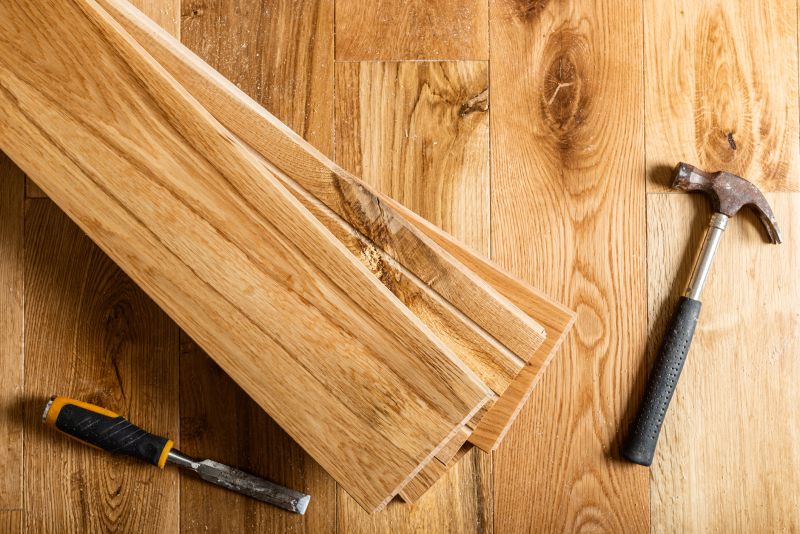
Ways to make Hardwood Floor Repairs work in tight or awkward layouts.
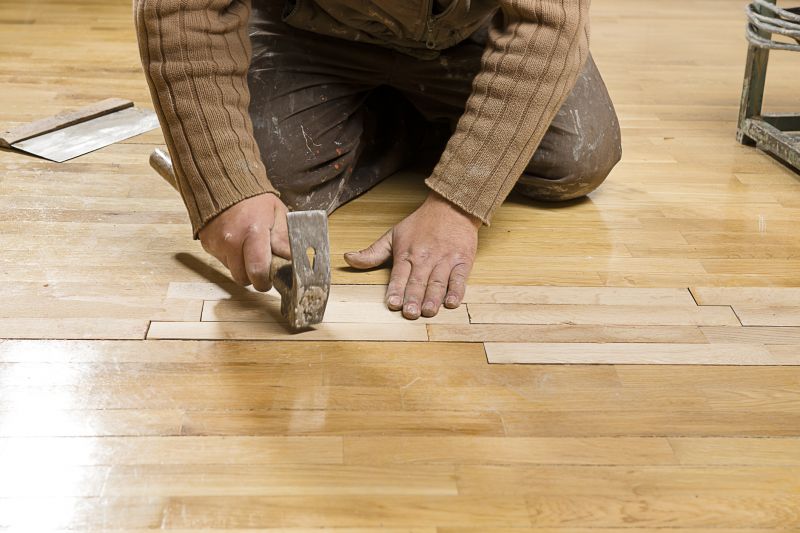
Popular materials for Hardwood Floor Repairs and why they hold up over time.
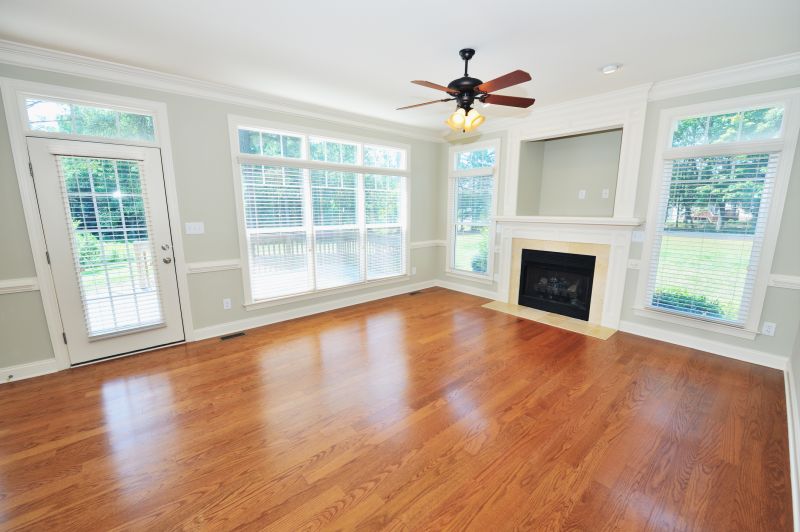
Simple add-ons that improve Hardwood Floor Repairs without blowing the budget.
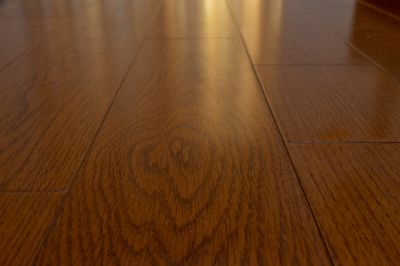
High-end options that actually feel worth it for Hardwood Floor Repairs.
Hardwood floor repairs involve addressing issues such as scratches, dents, warping, and gaps that develop over time. Proper timing ensures that repairs are effective and durable, preventing further damage. Accurate assessment of environmental conditions and scheduling repairs during stable periods can significantly extend the lifespan of hardwood flooring. Understanding seasonal impacts helps homeowners and professionals plan maintenance and repair work efficiently.
Statistics indicate that hardwood floors can last for decades when properly maintained and repaired at appropriate times. Regular inspections and timely repairs can reduce long-term costs and preserve the aesthetic appeal of the flooring. Proper environmental control, including humidity levels between 35-55%, is essential for preventing damage and ensuring successful repair outcomes.
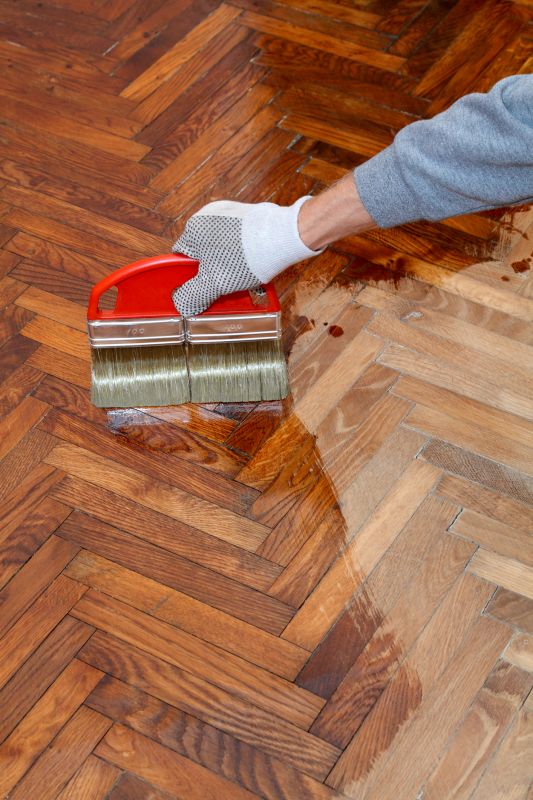
Finishes and colors that play nicely with Hardwood Floor Repairs.
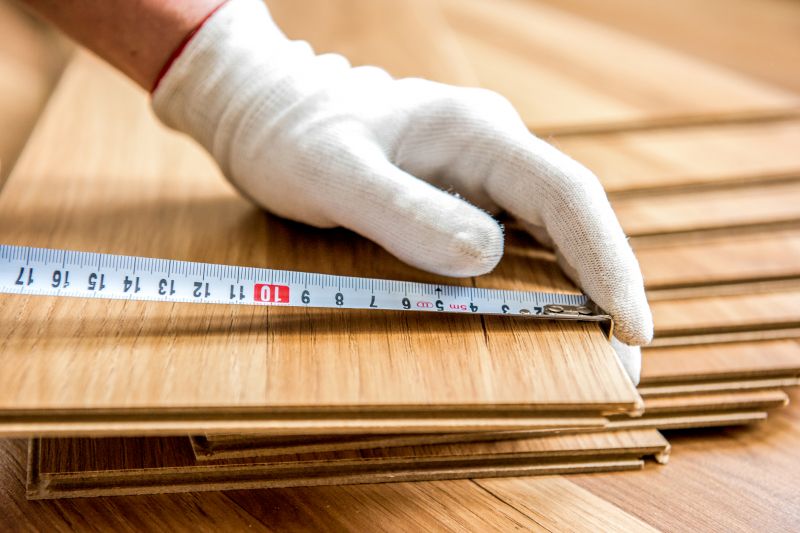
Little measurements that prevent headaches on Hardwood Floor Repairs day.
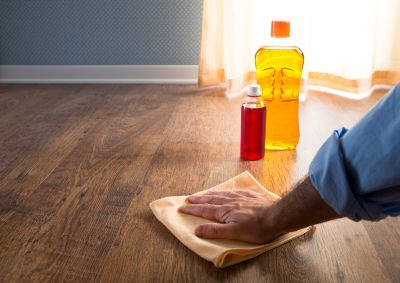
A 60-second routine that keeps Hardwood Floor Repairs looking new.
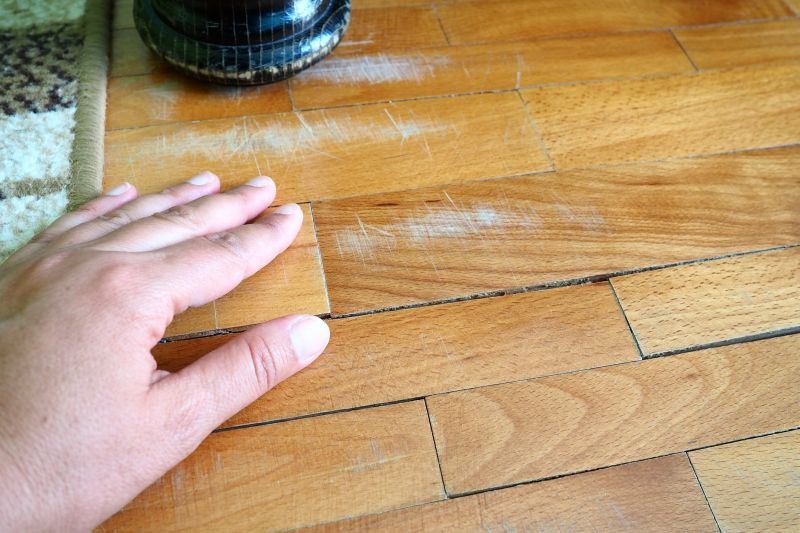
A frequent mistake in Hardwood Floor Repairs and how to dodge it.

Small tweaks to make Hardwood Floor Repairs safer and easier to use.
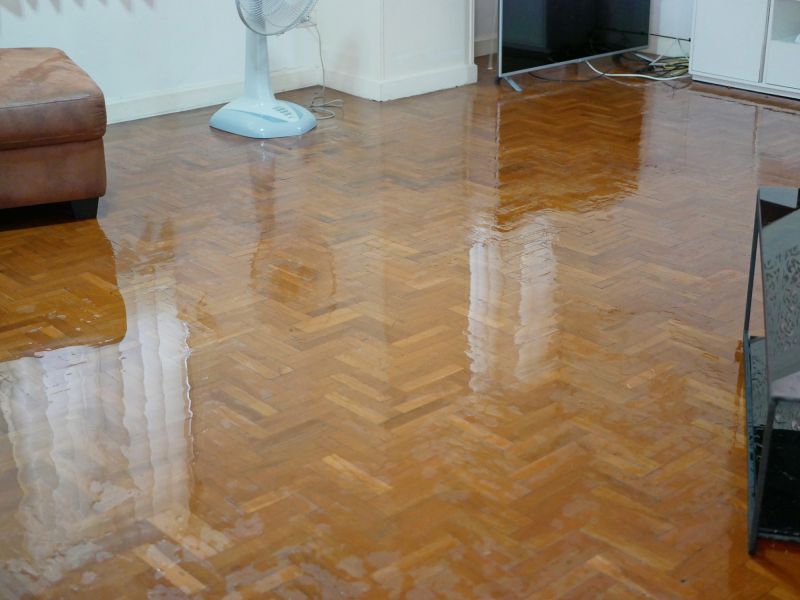
Lower-waste or water-saving choices for Hardwood Floor Repairs.
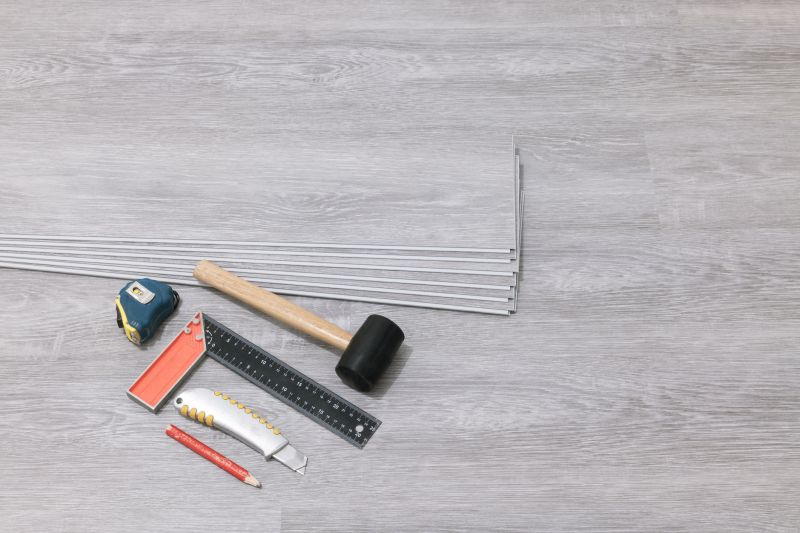
The short, realistic tool list for quality Hardwood Floor Repairs.

Rough timing from prep to clean-up for Hardwood Floor Repairs.

Quick checks and paperwork to keep after Hardwood Floor Repairs.
| Aspect | Details |
|---|---|
| Best Seasons | Spring and fall offer optimal conditions for repairs. |
| Environmental Factors | Stable humidity and temperature prevent wood movement. |
| Indoor Conditions | Climate-controlled environments support successful repair. |
| Timing for Repairs | Schedule during periods of low activity for best results. |
| Long-term Benefits | Proper timing extends the lifespan of hardwood floors. |
| Cost Efficiency | Timely repairs can reduce future expenses. |
| Weather Impact | Avoid repairs during extreme weather months. |
